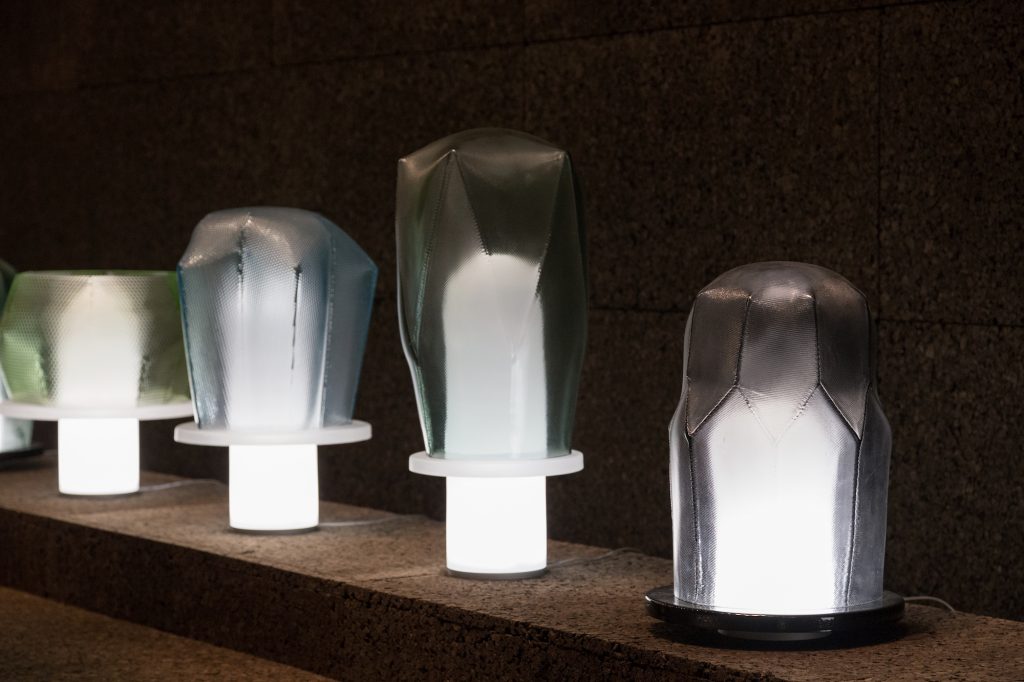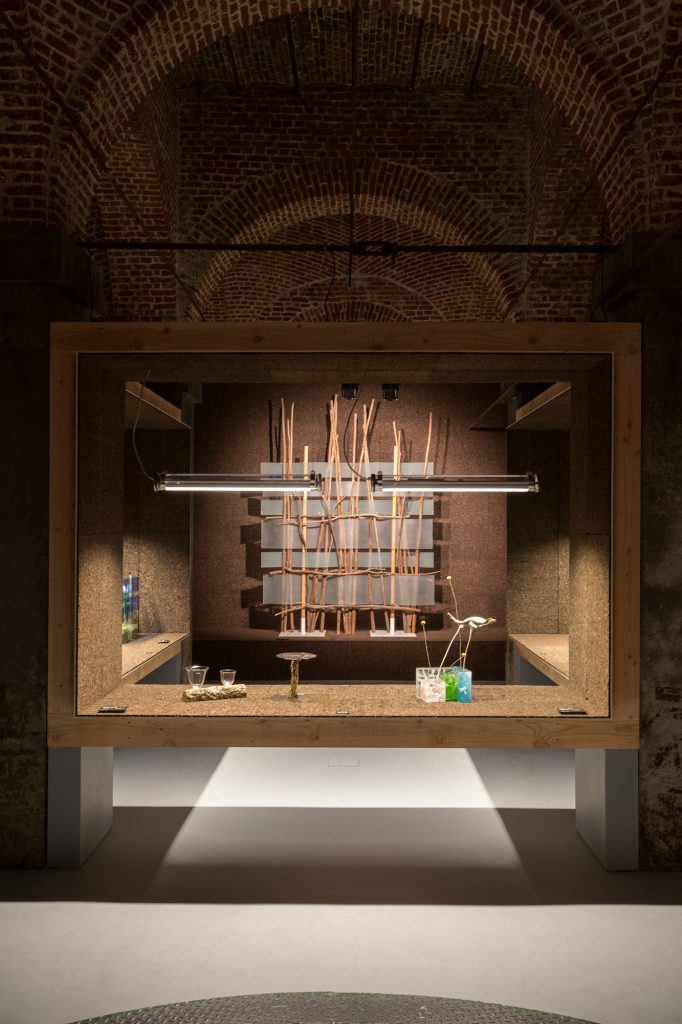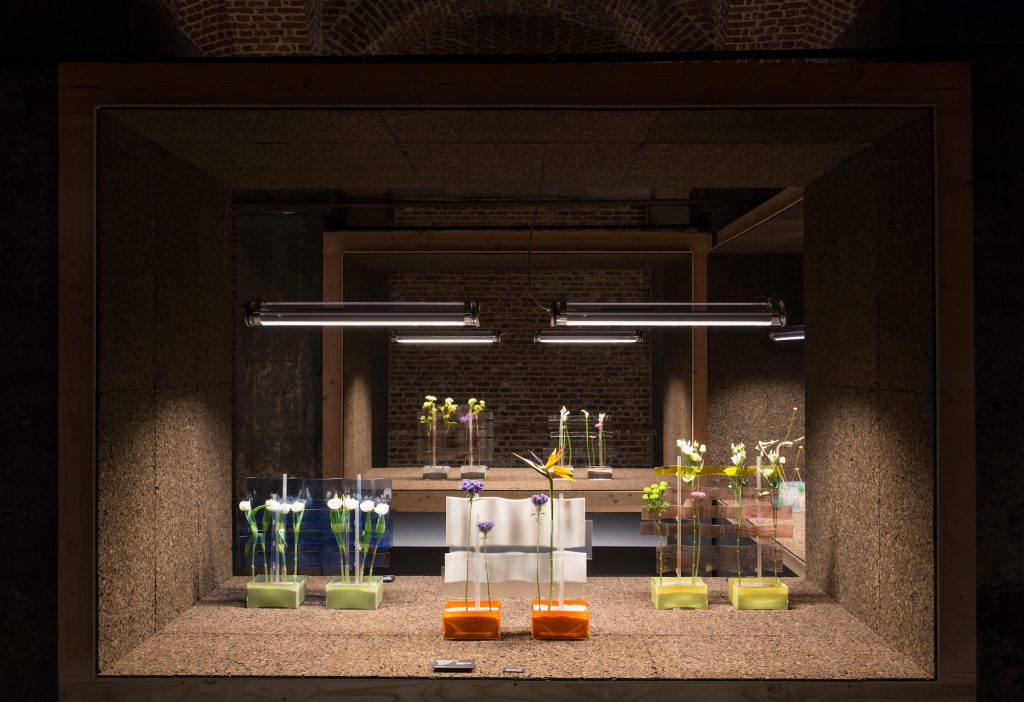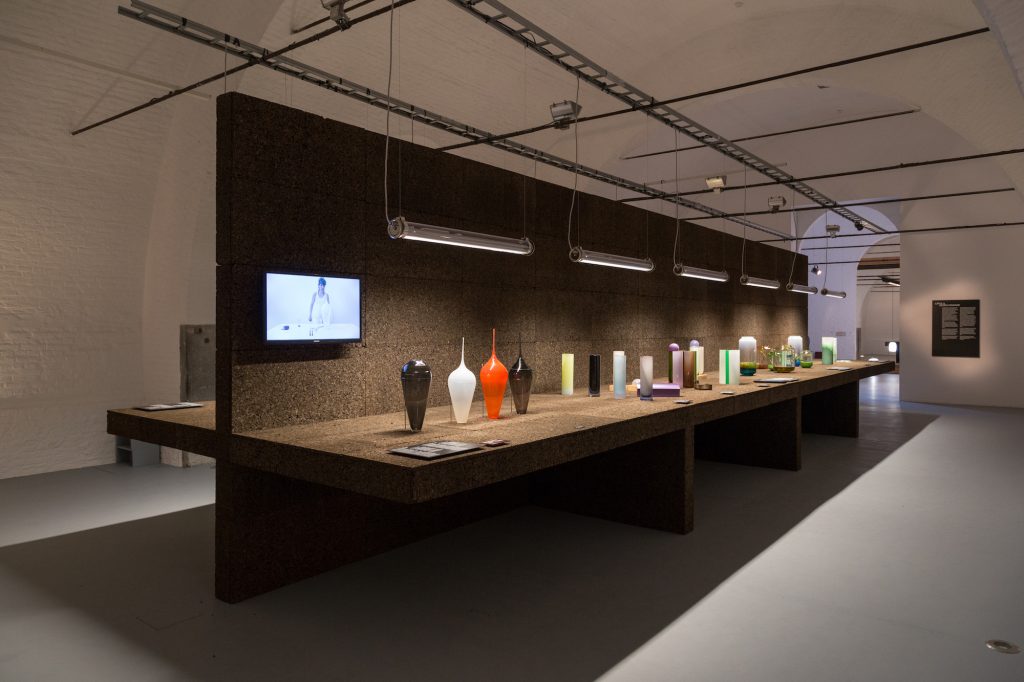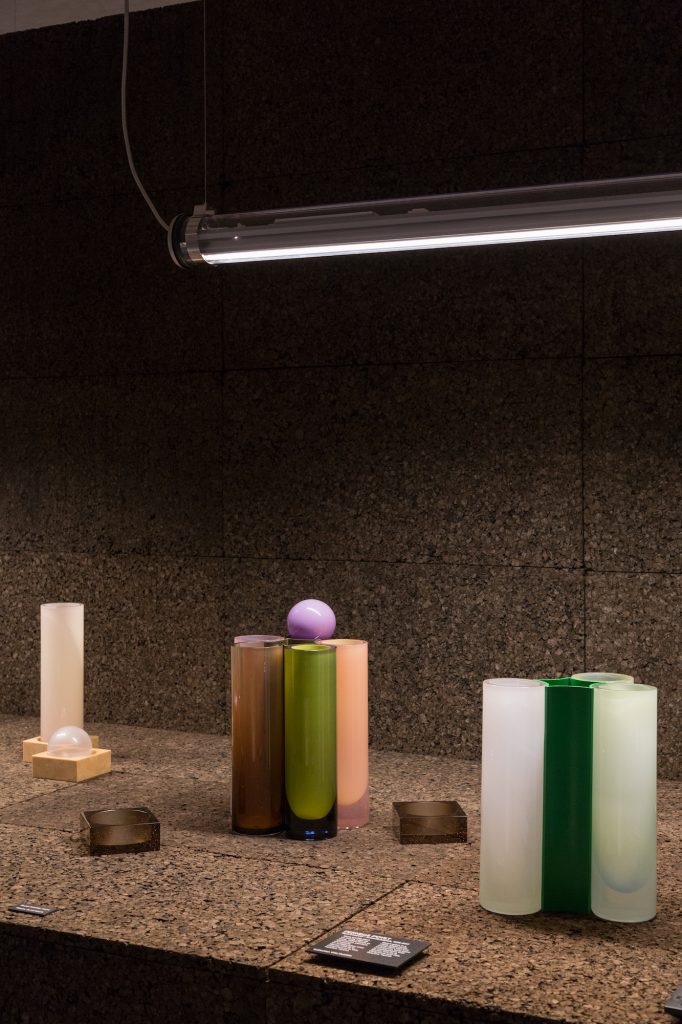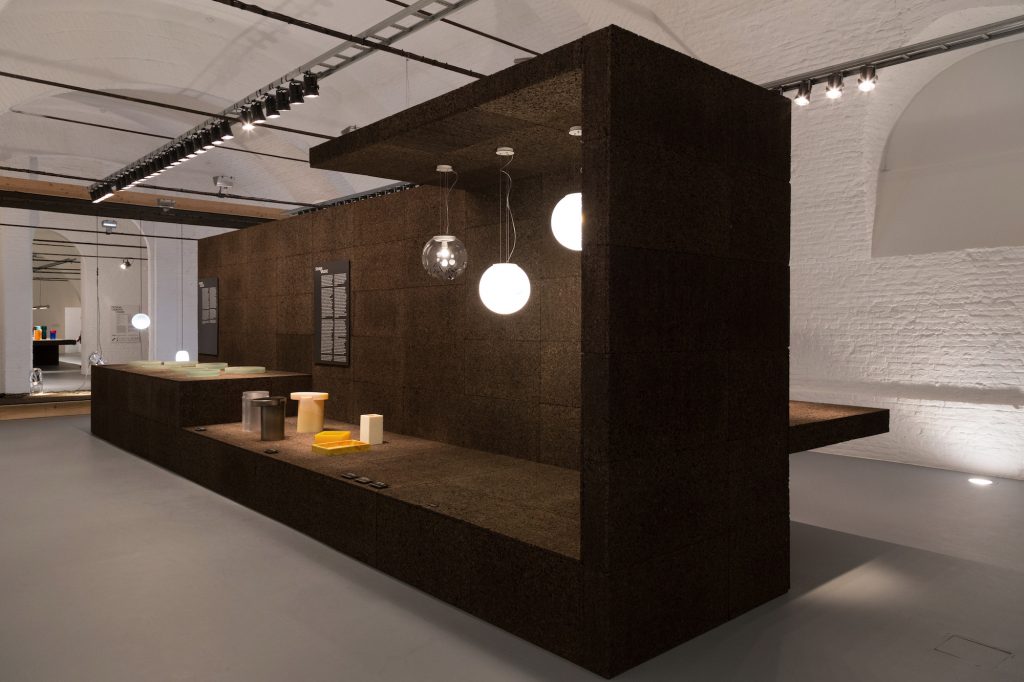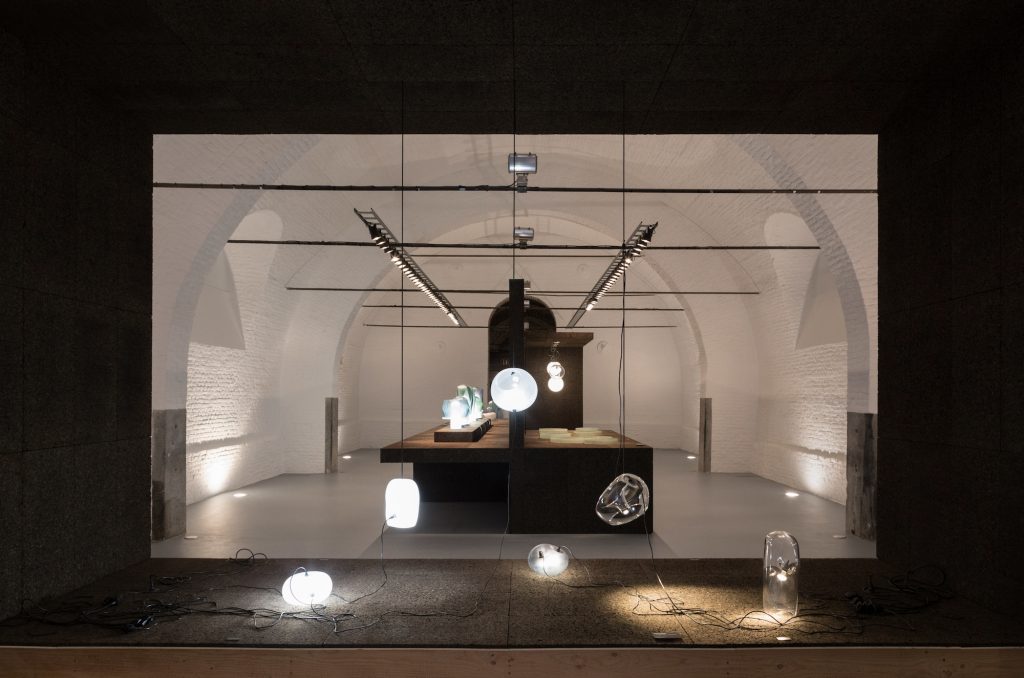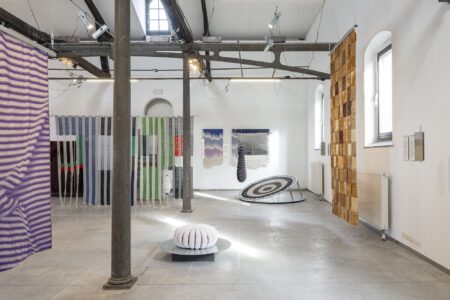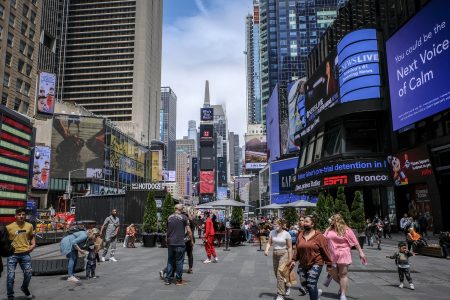Normal Studio: Discovering Unfamiliar Textures
TLmagazine talks to Eloi Chafaï from Normal Studio about their intensive research at Cirva, and role as scenographers for the exhibition Glass Oriented Design.
Centre international de recherche sur le verre et les arts plastiques (Cirva) is dedicated to exploring the relationship between art, design, and glass. Each year the institute, located in Marseille, invites artists and designers for research and creation residencies. An overview of these eloquent glass experiments is currently on show in the exhibition Glass Oriented Design at Centre d’Innovation et de Design au Grand-Hornu (CID).
Normal Studio -Jean-François Dingjian & Eloi Chafaï- conducted the scenography for this exhibition, that also features the result of their research at the institute. TLMag speaks to Eloi Chafaï about both their research and role as scenographers in this show.
TLMag: could you take us through the research you did at Cirva to create the objects that are on show in Glass Oriented Design at CID?
Our research at Cirva was very exciting because glass was an unfamiliar terrain for us. In the beginning, our goal was to explore different textures that the medium offers with an experimental design process.
In the first few weeks, we just collected stuff like perforated steel grids and used it for some experiments. All the small holes and textures these left in the material were very fascinating. A few weeks later I found a piece of fabric in the workshop that’s normally used for industrial ovens. We decided to use it as a mold. So we made a small and simple glass shape and blew it inside. The objects that came out had a certain tension and fragility in it, which was very surprising.
Would you say that the ‘imperfections’ fascinated you?
Yes! Imperfections that we tried to manage. All the molds were made from fabric or sheet metal and were very light, so the liquid was visible when it was blown inside of it. We did experiments with comparable materials in previous projects, concrete for example. These liquids that solidify taught us how to manage them to create soft shapes.
Could you elaborate on the scenography you did for the exhibition Glass Oriented Design at CID?
When we were asked to do the scenography, we wanted to do something radical and minimalistic: a strong idea that is easily understood. We were looking for one material to present the objects’ characteristics well with their different colors, transparency, different typologies, and illuminating surfaces.
In the end, we decided to use expanded cork. It contrasts beautifully with the objects since it’s dark brown, totally matte, solid and soft. Especially with the lights in the exhibition that bring the objects forward and make the cork a dark, matte backdrop.
For the biggest part of the exhibition, we used tubular lights. They’re very interesting because of their shape that creates a great linear and pure reflection on the glass objects, bringing forward the quality and characteristics of the glass.
They also bring an interesting dynamic to space, contrasting beautifully with the bows of the ceiling.
That’s really because of the minimalistic design. We think that as scenographers, the subject is not the scenography, but the objects that are shown. So you have to find the right level of design in the scenography to not overstep the artists’ work. You have to keep in mind that each piece has to be seen by visitors perfectly. We tried to give an overview of the objects with the huge tables. When you come into the room you can see all the different angles of the objects presented when you walk around it.
It sounds like a unique experience, to work as scenographers and designers in such a show.
This exhibition was the perfect way to end the project. Cirva is something unique. Definitely in France, but maybe even in the world. It’s a place where you can take the time you need for your research. There’s no pressure for your practice. If you need two years, you can take that time. It’s a real space of freedom for designers and artists and it’s something really unique.
Portrait by Jens Passoth.
